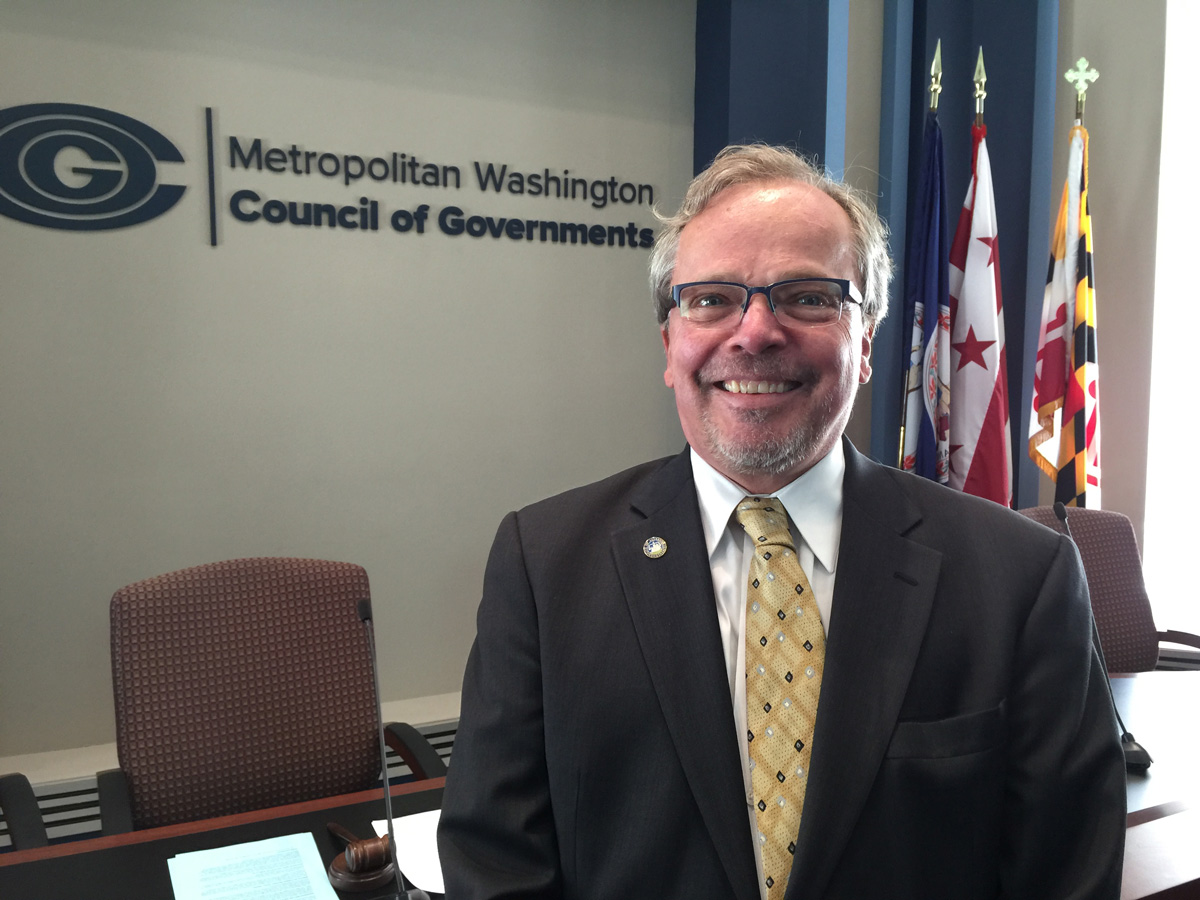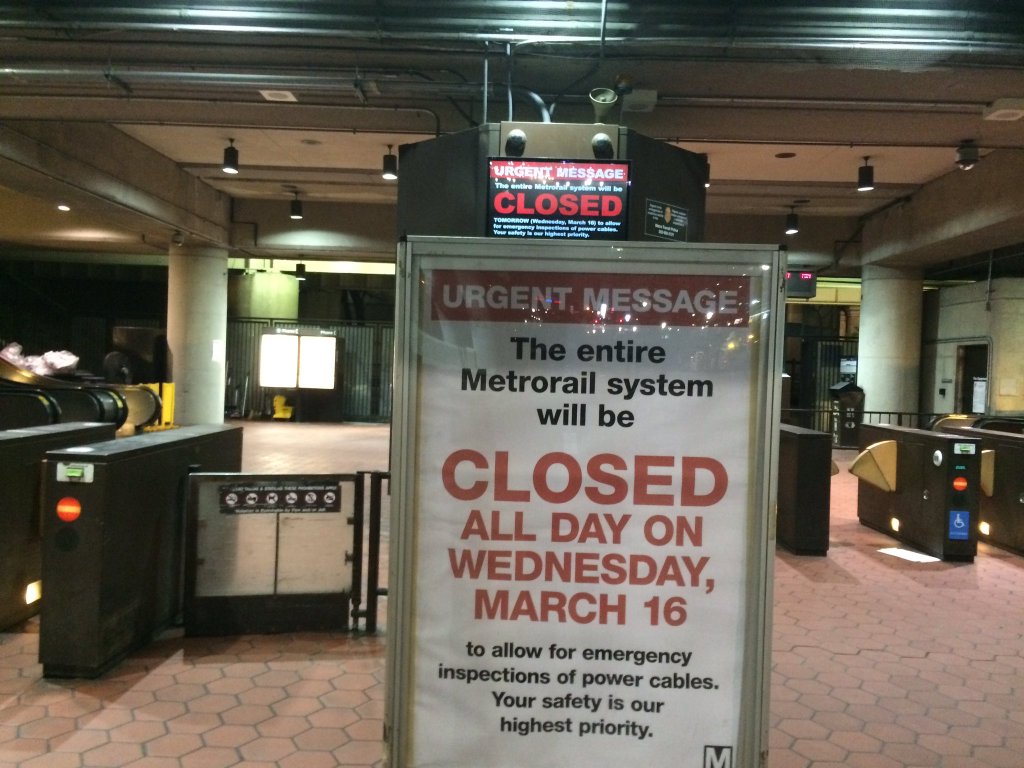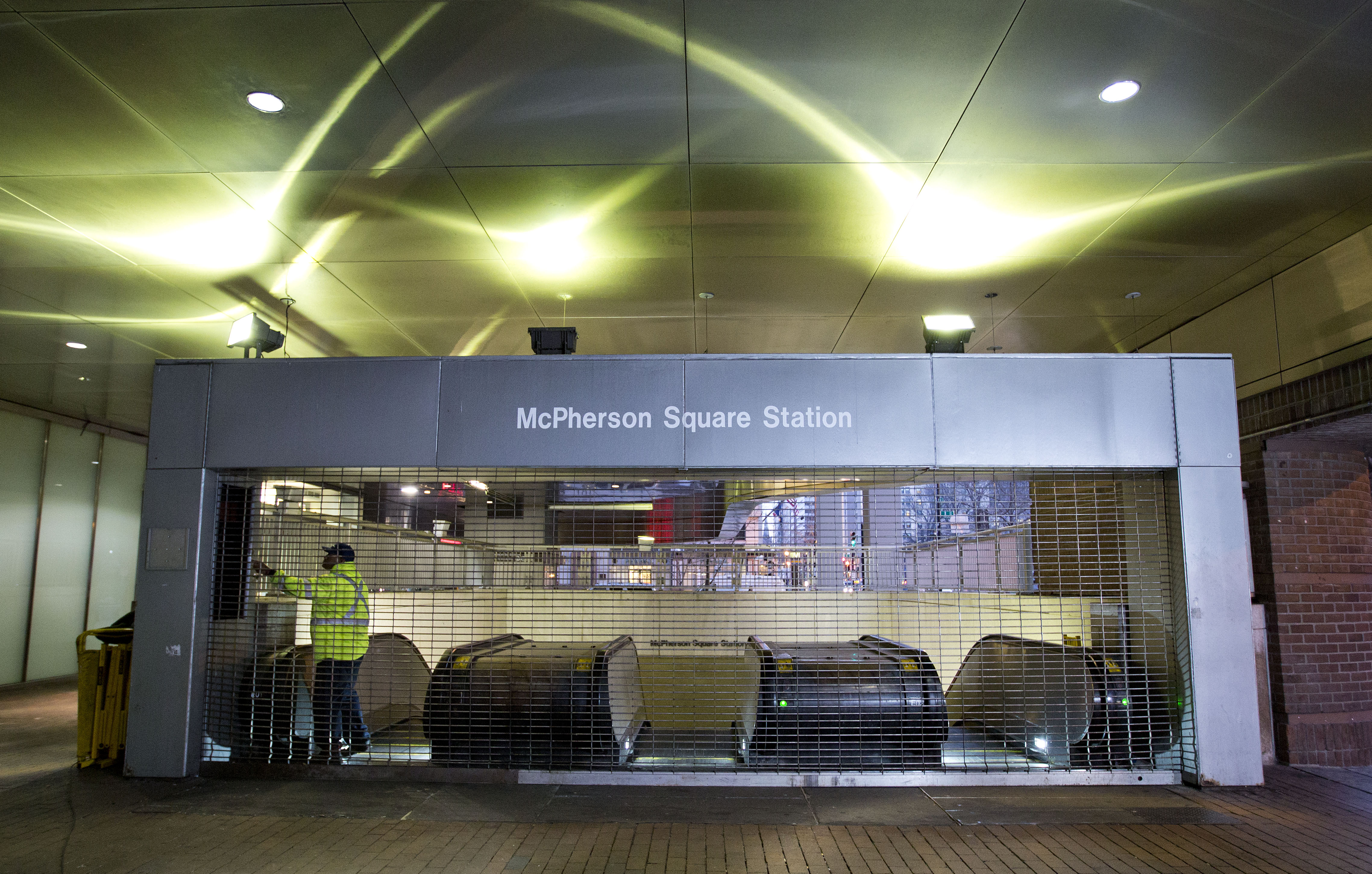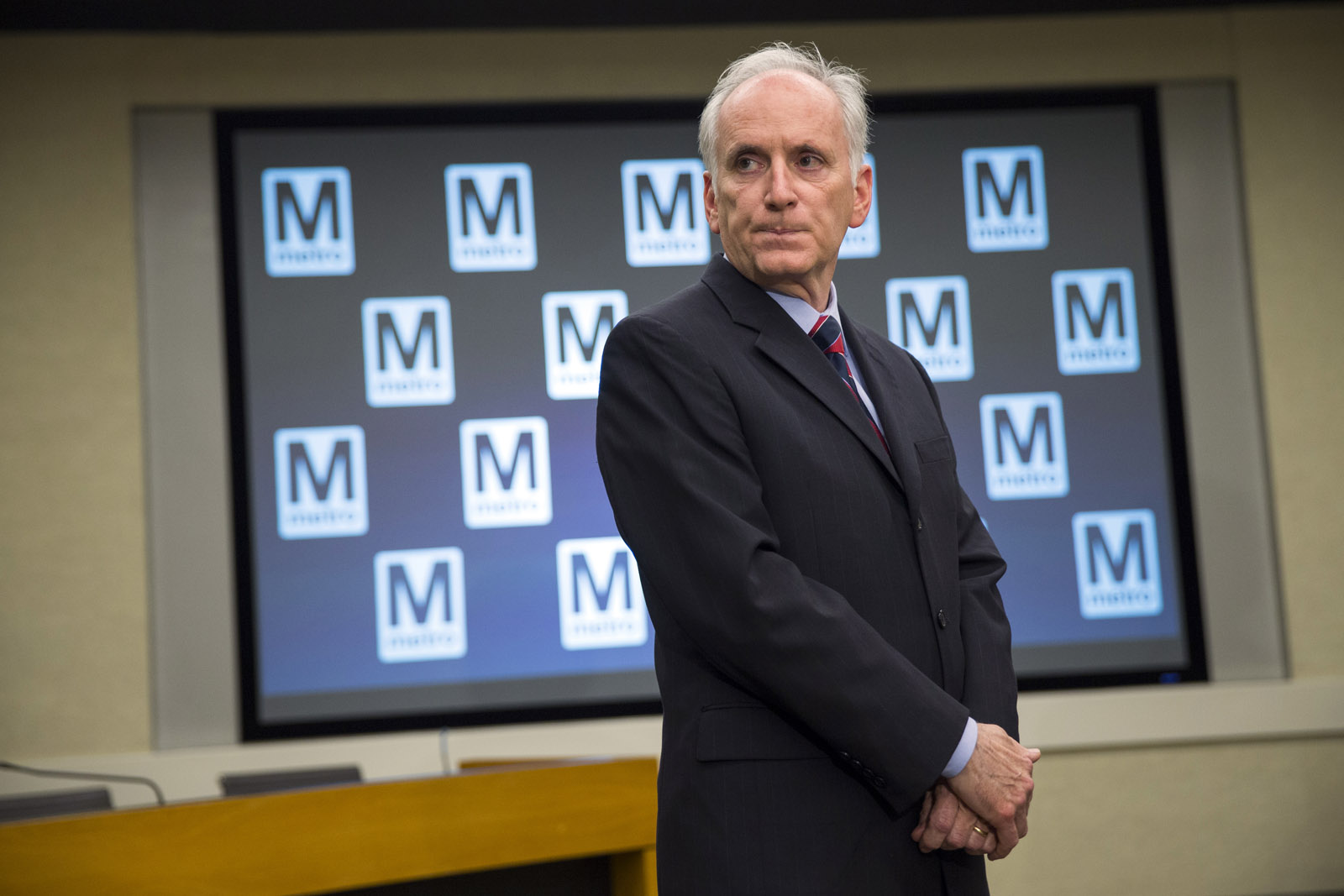WASHINGTON — The D.C. region survived one rush hour without Metrorail and was moving through its second commute without major traffic problems so far.
Evening traffic and road conditions have been worse in the rain and during winter weather, said WTOP Traffic Reporter Bob Marbourg.
“Somehow we all got through the day. So far nobody got hurt,” he said.
Traffic conditions were unusual Wednesday morning with heavier traffic earlier in the day but lighter conditions during what would normally have been the height of the rush hour.
By the evening, traffic was moving both downtown and on the interstates. Both Maryland and Virginia suspended HOV restrictions and D.C. police were stationed at key intersections to help vehicles exit the District but warned motorists to expect delays.
The shutdown of Metrorail, the backbone of the region’s transportation network, could have dealt a crippling blow to area roads.
Instead, many commuters tested out commuter buses, carpooling and slug lines. Others gave Capital BikeShare a try. Most WTOP listeners said they opted to work from home instead of venturing out into what could have been a long, terrible trip to work and home again, according to an informal poll.
“Knowing the options is empowering,” Marbourg said of backup commuting plans. The closure forced commuters to try something new, which Marbourg called a “positive take-away” despite the abrupt and disruptive shutdown.
Metro announced the unprecedented shutdown late Tuesday afternoon giving commuters little time to arrange carpools or to coordinate working from home with their bosses.
General Manager Paul Wiedefeld said the underground inspections were needed to ensure that 600 underground electrical cables and their insulating boots were in good working order after a cable fire near McPherson Square Monday led to major service disruptions for riders on the Orange, Blue and Silver lines.
The conditions that led to the fire were similar to the electrical fire that filled a Metro train with smoke outside of L’Enfant Plaza Station last January killing one rider and sending dozens of others to the hospital.
Wiedefeld said he needed to be sure a similar problem wouldn’t be repeated.
Power to the rail lines had to be turned off in order for teams of inspectors to access the electrical cables and connections. Wiedefeld said the tunnels would be saturated with inspectors climbing on their hands and knees to check the cables.
Twenty-two teams of engineers, contractors and Metro staff were making their way through 100 miles of tunnels to check each cable, Metro said.
Metro, the nation’s second busiest subway system, has been plagued by a series of fires and equipment failures that have led to massive delays and service disruptions in the past year. The unreliability of the system has led to a drop off in ridership. Still, more than 700,000 riders a day travel on Metrorail.
As Washington coped with the closure of Metrorail, BikeShare reported a 16 percent increase in trips — most of the jump came from walk-up riders.
Virginia Railway Express didn’t see much change in its ridership; however, some additional passengers were seen boarding at inner stations such as Springfield, Alexandria and Crystal City, said Chief of Staff Joe Swartz.
The commuter rail service was expecting an onslaught of calls from newcomers but that didn’t happen.
“It ended up being a pretty typical day for us,” Swartz said. VRE serves about 19,000 riders on a normal Wednesday.
The Maryland Transit Administration, which operates MARC, never returned phone calls seeking ridership information.
Getting around Wednesday evening
D.C. officers were directing traffic at some intersections Wednesday afternoon and red light camera enforcement was suspended at those intersections. Drivers were urged to be on the look out for police and to follow their directions, D.C. police say.
Similarly, drivers who were guided through intersections Wednesday morning will not face a red light ticket.
Drivers involved in minor crashes with no injuries and little damage were asked to move their vehicles to a safe location to exchange information.
Motorists traveling too or from the District should expect major delays, police say.
The Virginia Department of Transportation has lifted HOV restrictions on Interstates 66 and 395 to help ease congestion for traffic leaving D.C.
Maryland State Highway Administration also lifted HOV restrictions on Interstate 270 and on U.S. 50.









